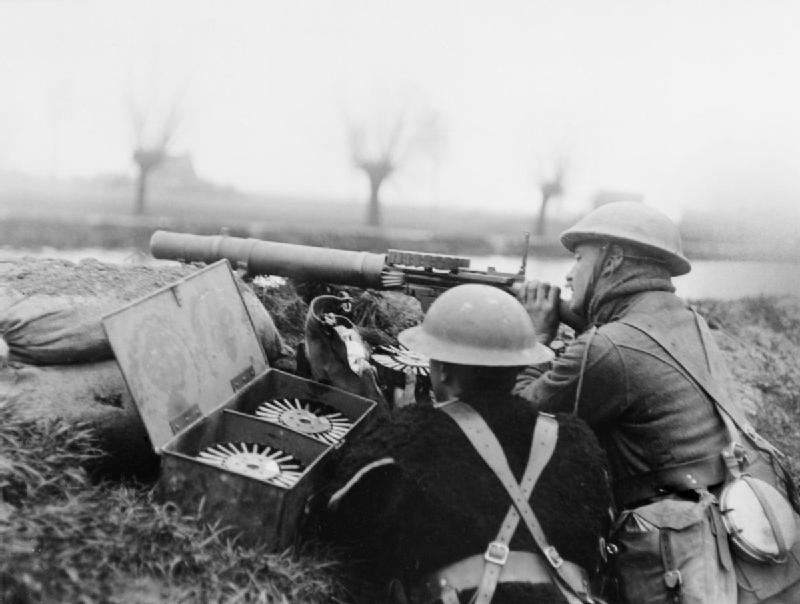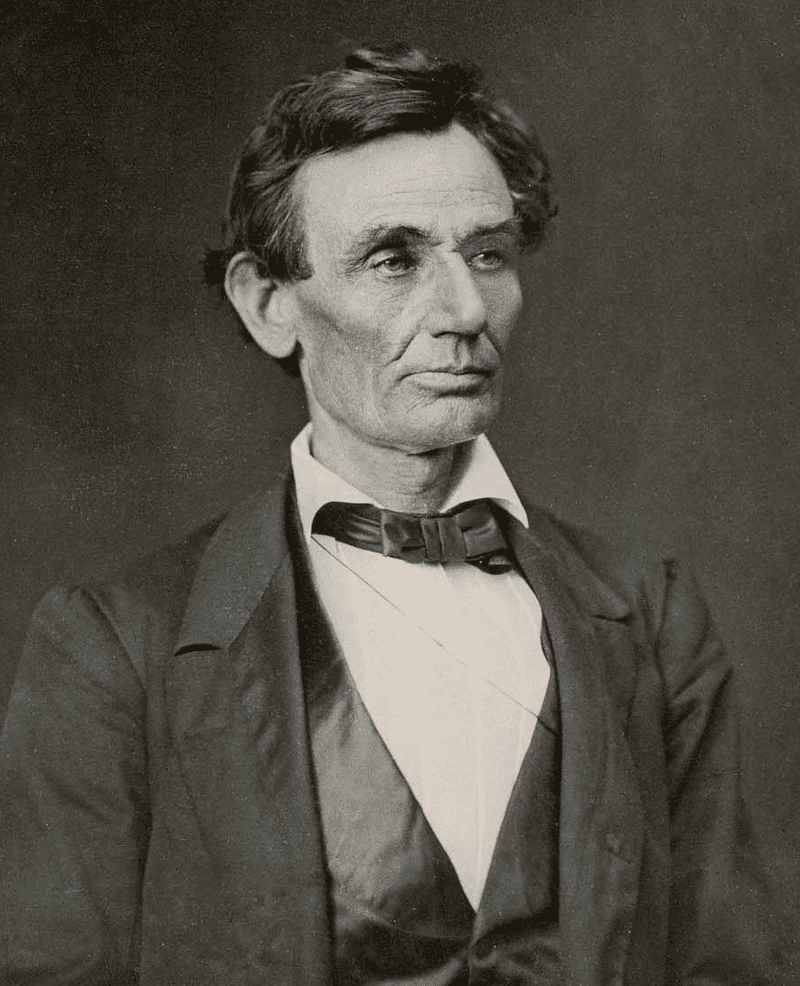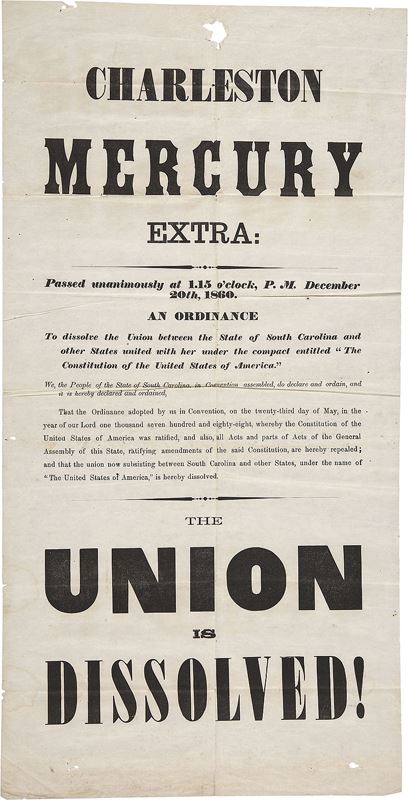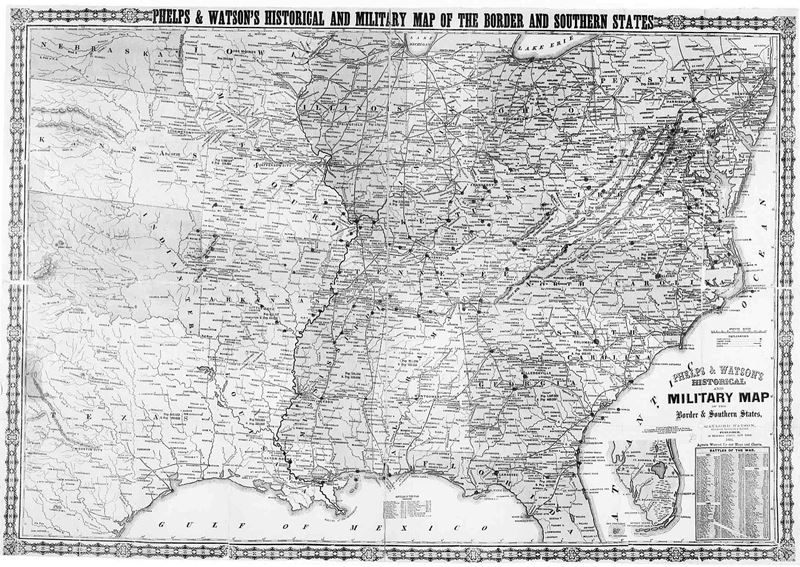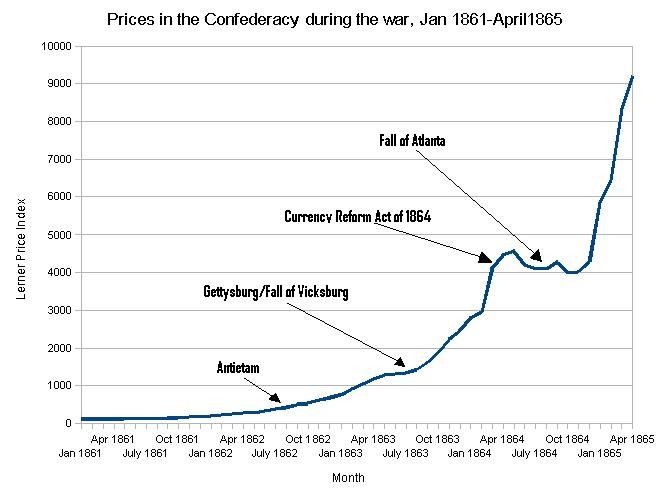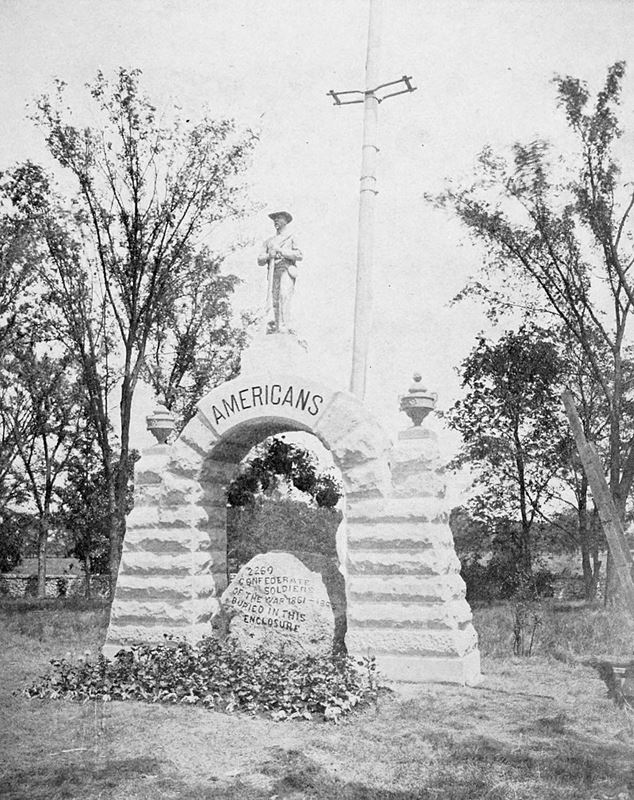The German spring offensive, or Kaiserschlacht (“Kaiser’s Battle”), also known as the Ludendorff offensive, was a series of German attacks along the Western Front during the First World War, beginning on 21 March 1918. Following American entry into the war in April 1917, the Germans had realized that their only remaining chance of victory was to defeat the Allies before the United States could ship soldiers across the Atlantic and fully deploy its resources. The German Army had gained a temporary advantage in numbers as nearly 50 divisions had been freed by the Russian defeat and withdrawal from the war with the Treaty of Brest-Litovsk.
There were four German offensives, codenamed Michael, Georgette, Gneisenau, and Blücher-Yorck. Michael was the main attack, which was intended to break through the Allied lines, outflank the British forces (which held the front from the Somme River to the English Channel) and defeat the British Army. Once that was achieved, it was hoped that the French would seek armistice terms. The other offensives were subsidiary to Michael and were designed to divert Allied forces from the main offensive effort on the Somme. No clear objective was established before the start of the offensives and once the operations were underway, the targets of the attacks were constantly changed according to the battlefield (tactical) situation.
Once they began advancing, the Germans struggled to maintain the momentum, partly due to logistical issues. The fast-moving stormtrooper units could not carry enough food and ammunition to sustain themselves for long, and the army could not move in supplies and reinforcements fast enough to assist them. The Allies concentrated their main forces in the essential areas (the approaches to the Channel Ports and the rail junction of Amiens). Strategically worthless ground, which had been devastated by years of conflict, was left lightly defended. Within a few weeks, the danger of a German breakthrough had passed, though related fighting continued until July.

